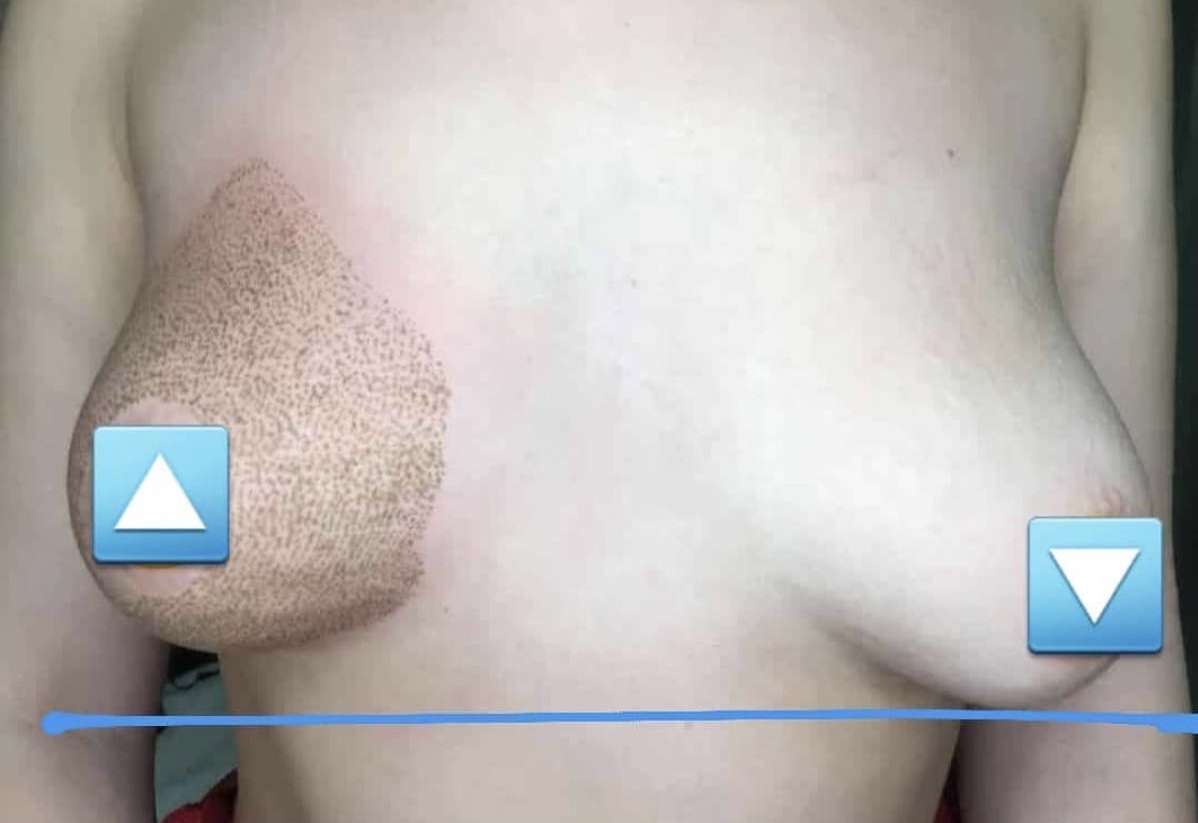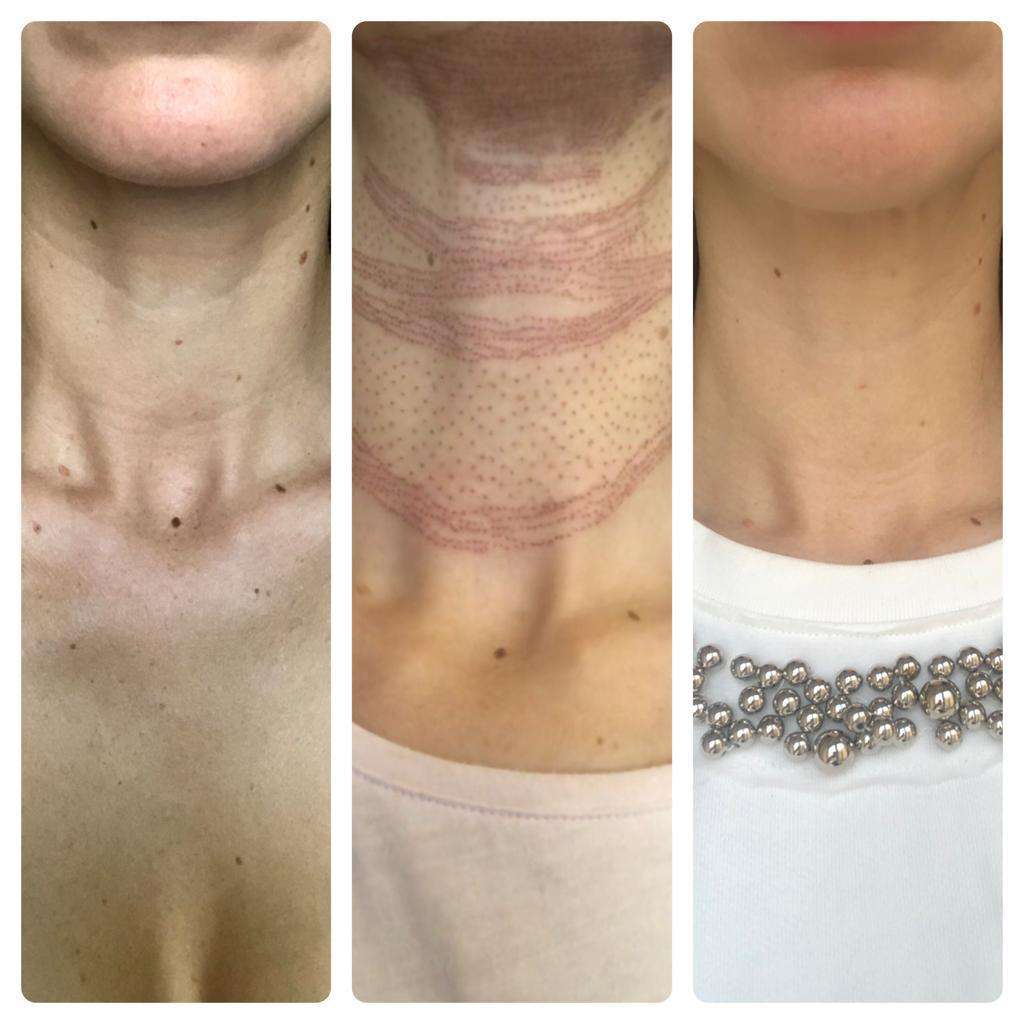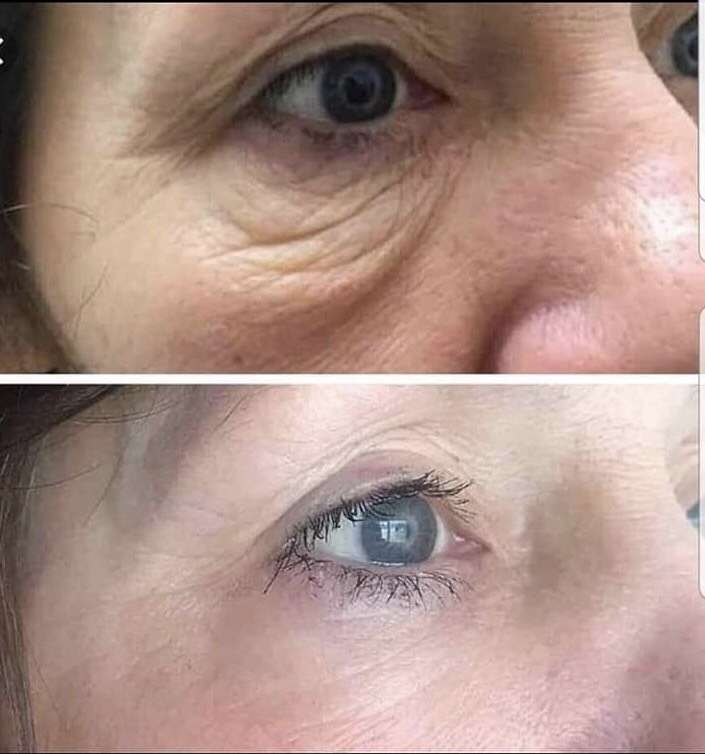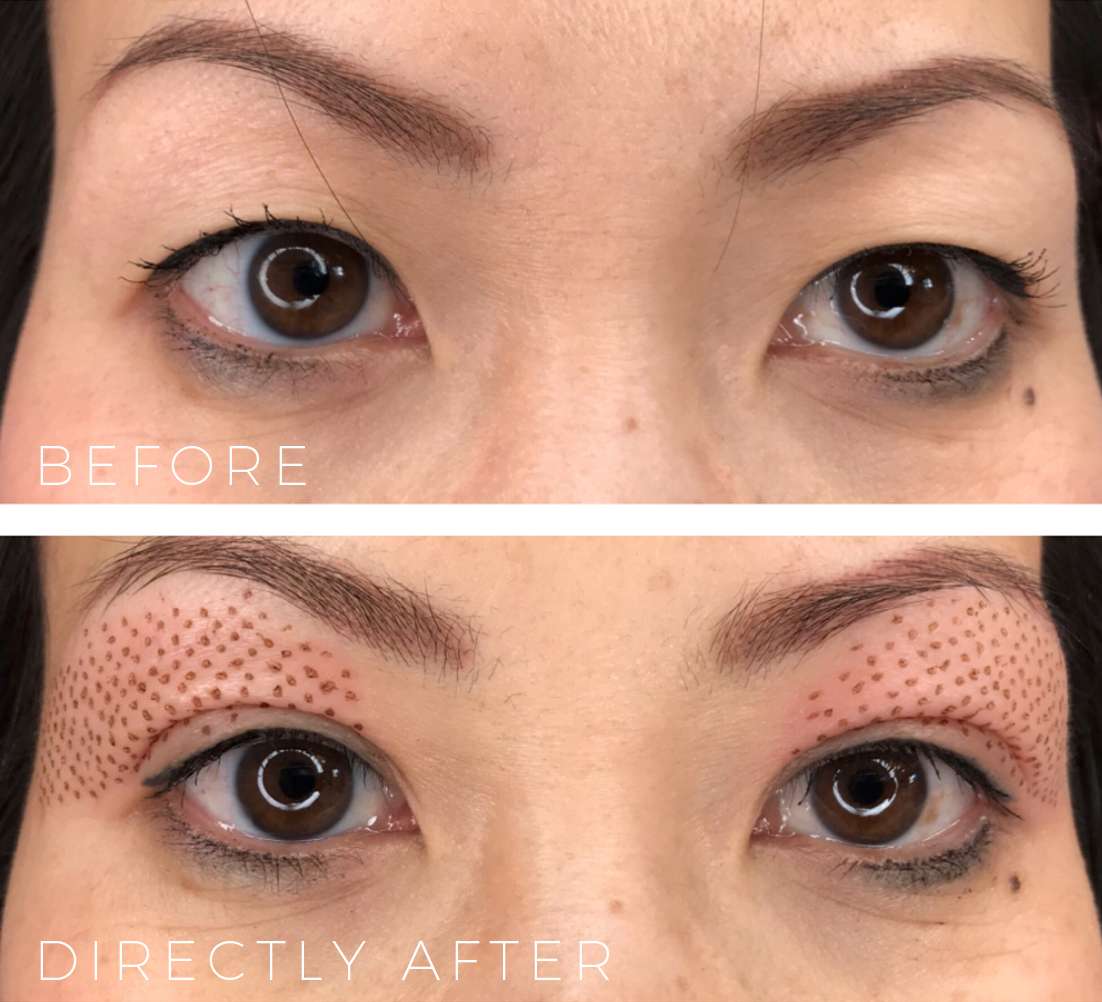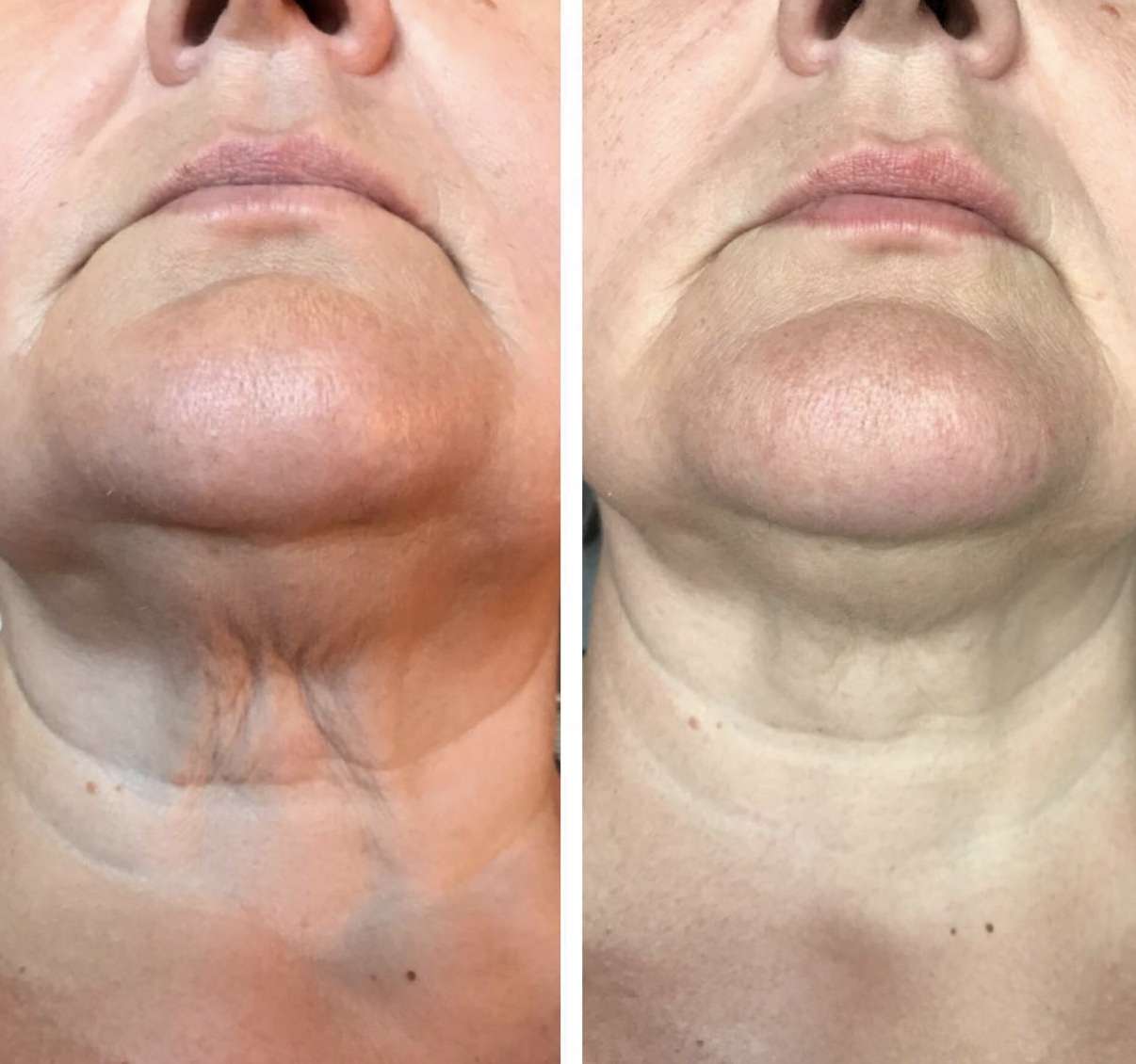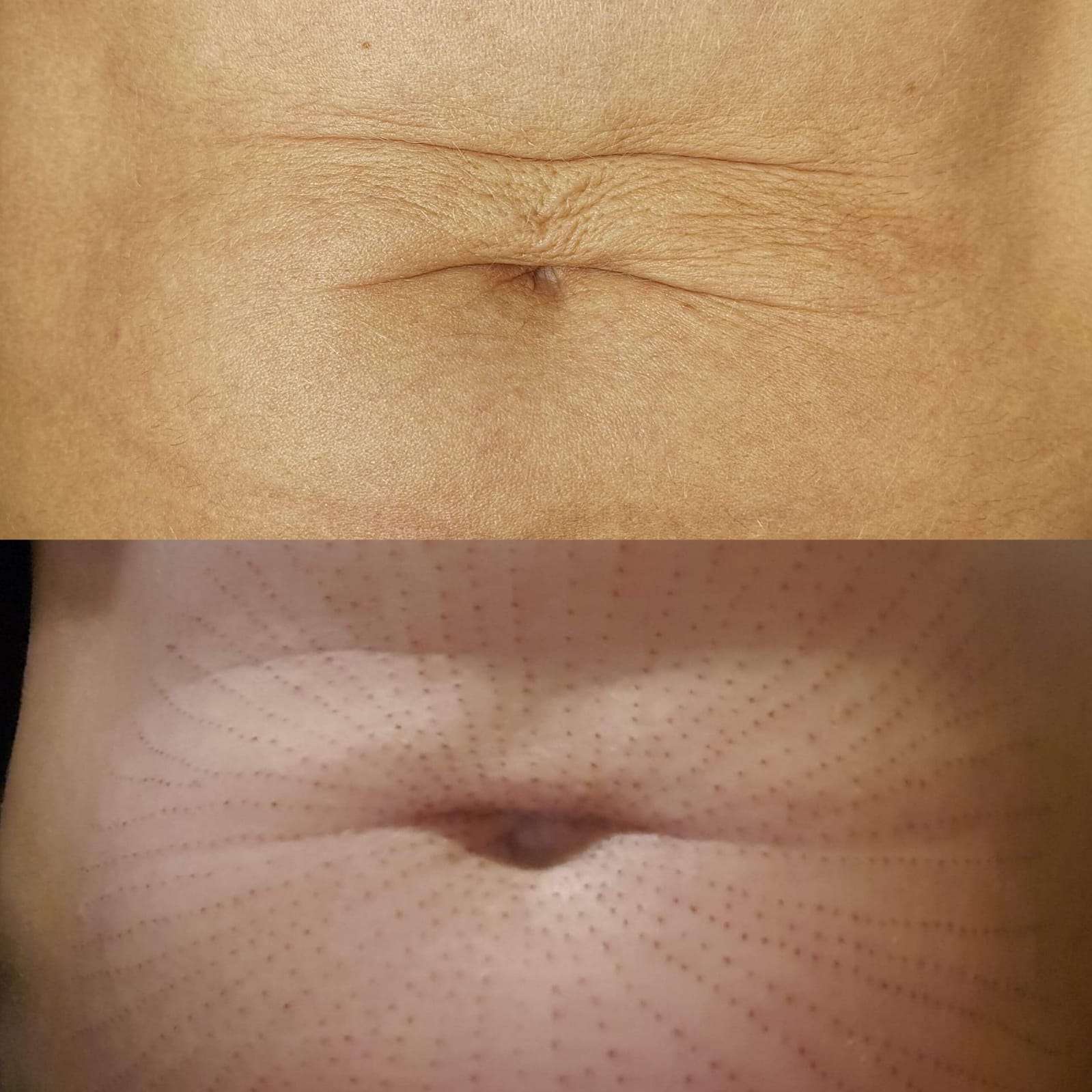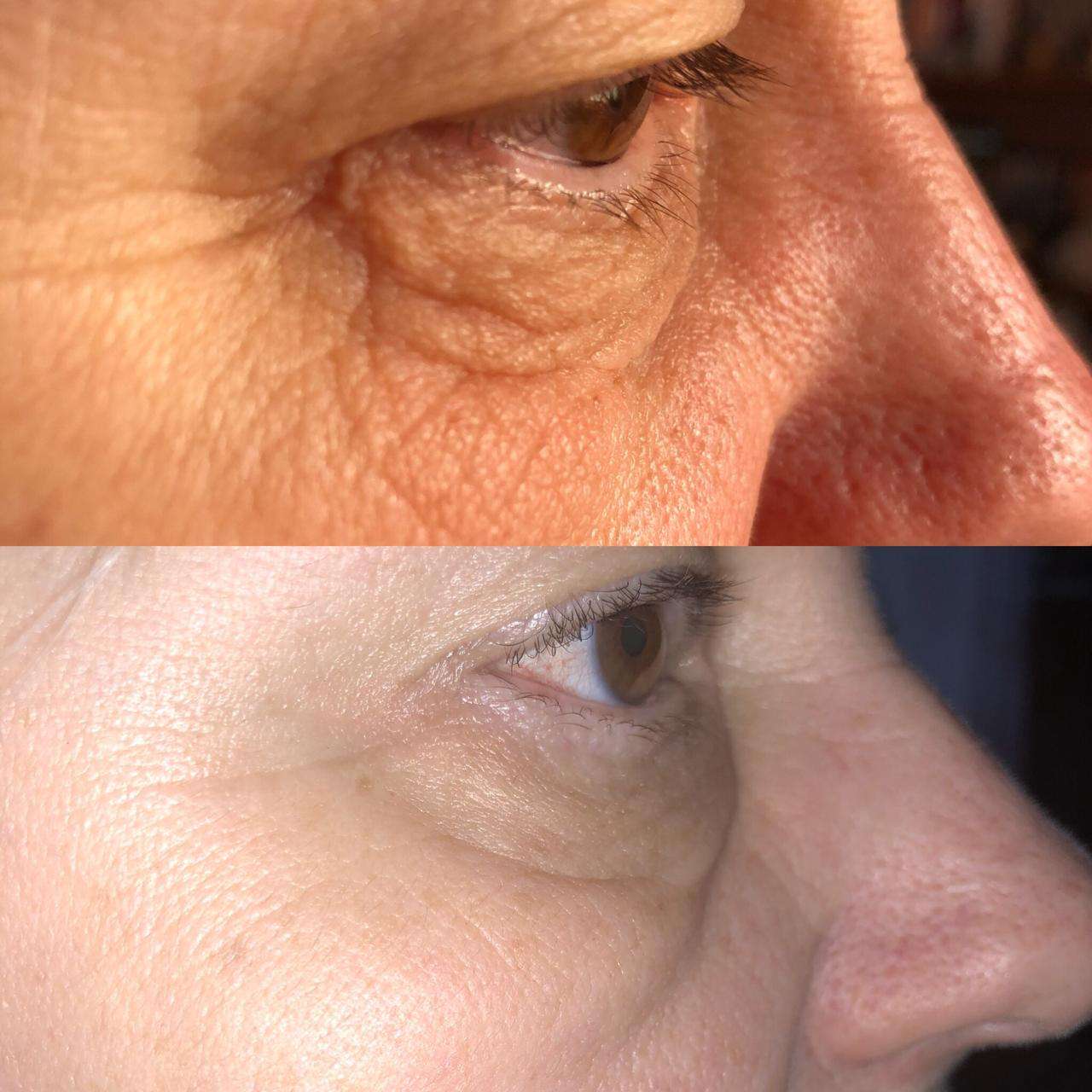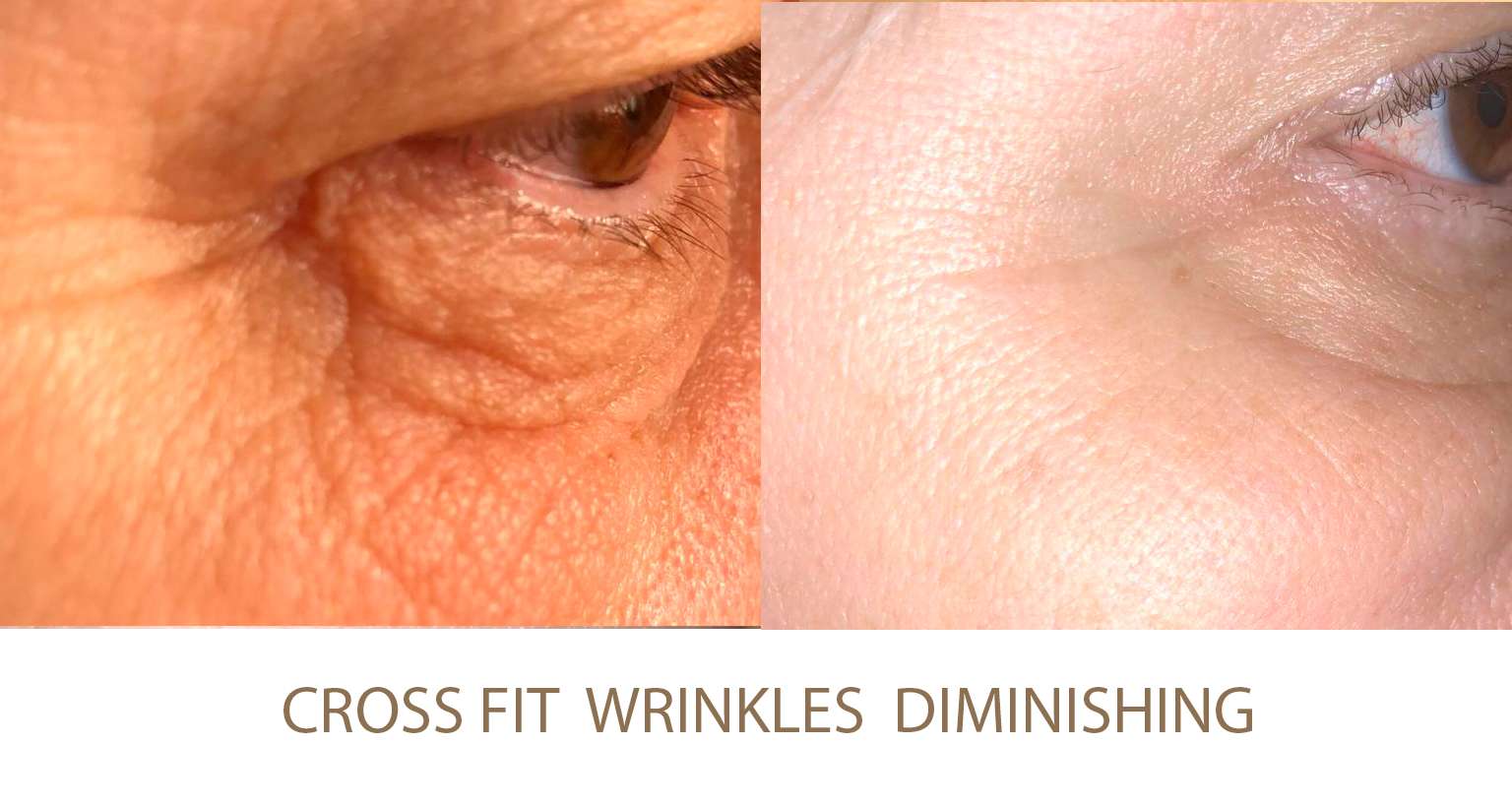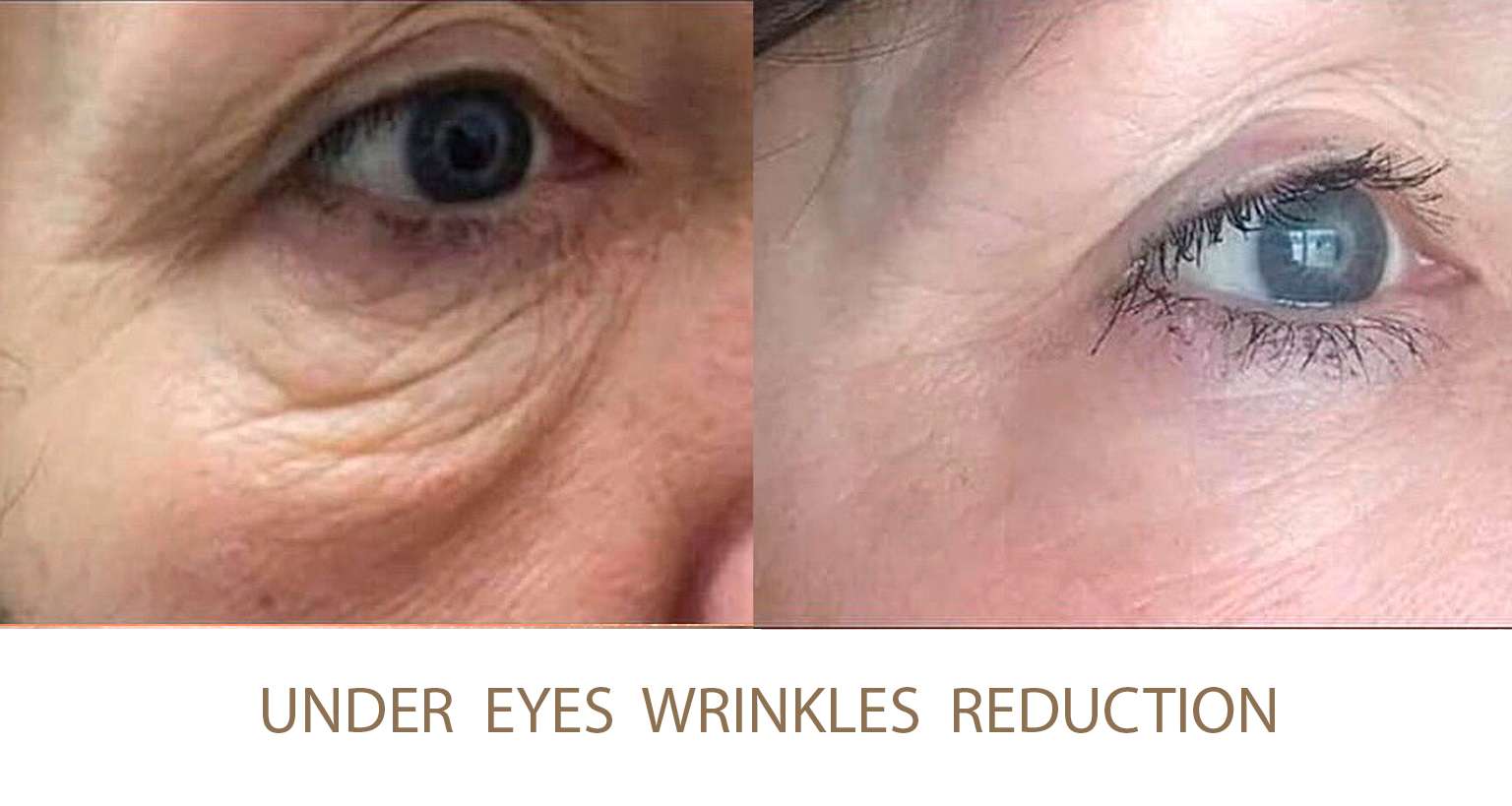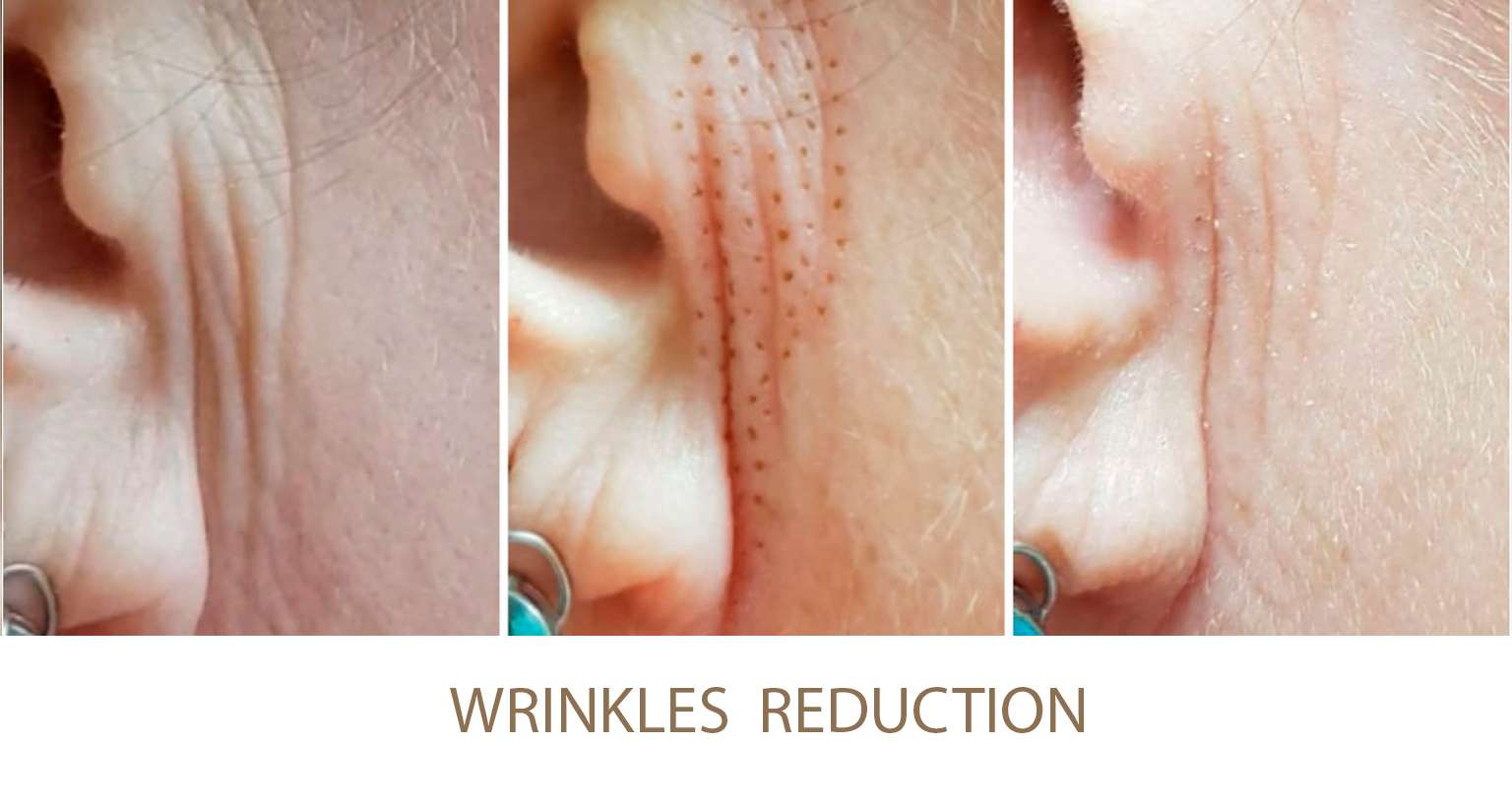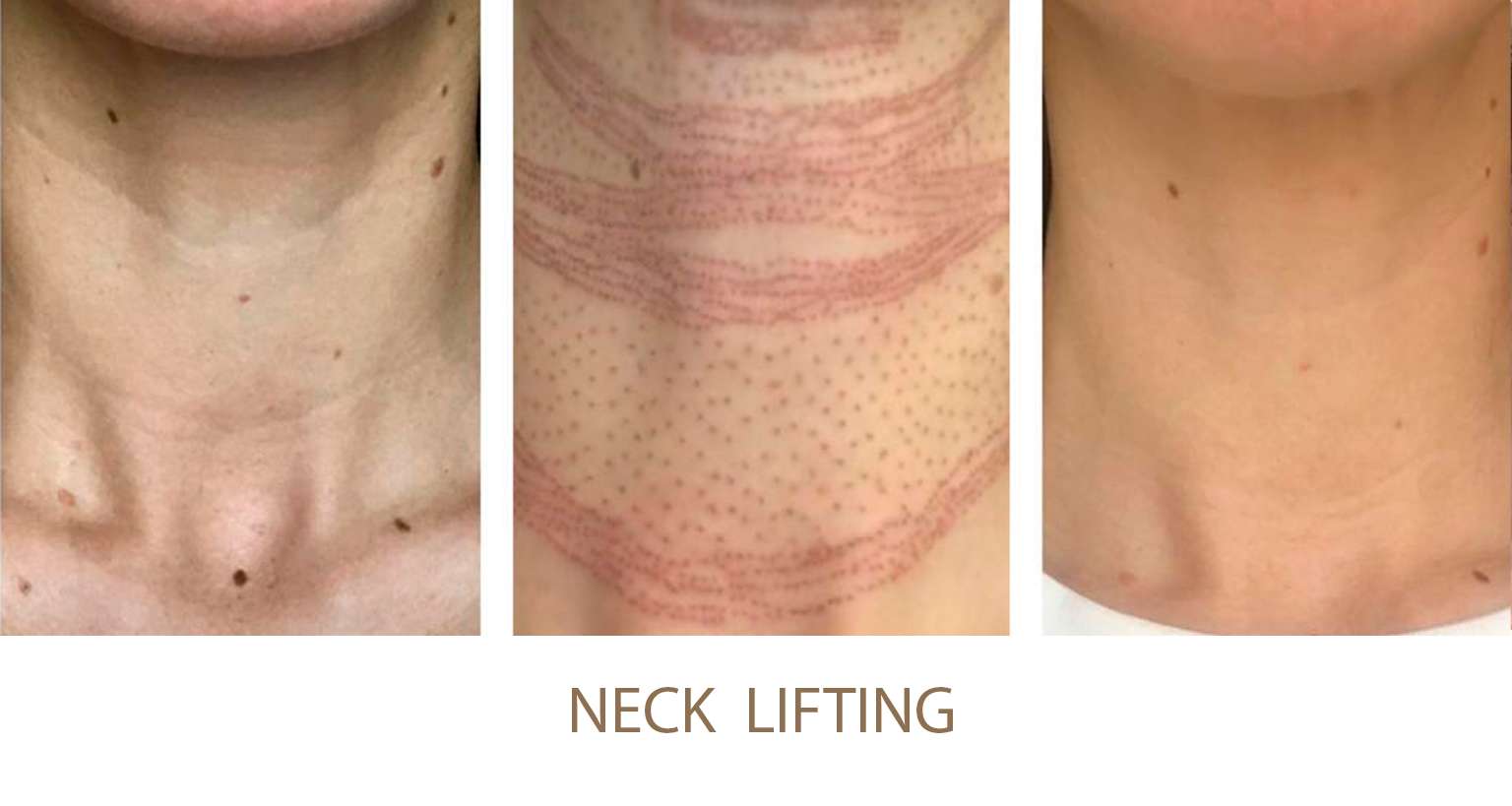Intimate area
Intimate areas refer to the parts of the human body that are considered private and are typically covered by clothing.
What are intimate areas?
Intimate areas, such as the genitals, buttocks, and underarms, are unique parts of the body that require special attention when it comes to skin health. Like other areas of the body, these regions are susceptible to various changes and challenges, including skin laxity, sagging, and pigmentation concerns. Let’s delve into what causes these issues and how to address them effectively.
Skin Laxity and Sagging:
Skin laxity refers to the loss of elasticity in the skin, leading to a looser, less firm appearance. In intimate areas, skin laxity can occur due to several factors:
Aging: As we age, our skin naturally produces less collagen and elastin, which are essential proteins that maintain skin elasticity. This decline contributes to the sagging of the skin in intimate areas.
Weight Fluctuations: Significant weight gain and loss can stretch the skin, leading to a loss of elasticity over time.
Pregnancy and Childbirth: Pregnancy can cause stretching of the skin in the abdominal and genital areas. The process of childbirth can also put strain on the pelvic floor muscles, leading to further laxity.
Lifestyle Factors: Smoking, excessive sun exposure, and poor diet can accelerate the breakdown of collagen and elastin, exacerbating skin laxity.
Pigmentation of Intimate Areas:
Intimate areas may also experience pigmentation concerns, such as darkening or discoloration of the skin. The causes of pigmentation in these areas can include:
Friction and Irritation: Constant friction from clothing or shaving, along with improper hygiene practices, can lead to skin darkening.
Hormonal Changes: Hormonal fluctuations, particularly during pregnancy or menopause, can trigger changes in melanin production, causing hyperpigmentation.
Post-Inflammatory Hyperpigmentation (PIH): Skin trauma, such as ingrown hairs, infections, or aggressive hair removal, can result in PIH, leading to dark spots in intimate areas.
Genetic Factors: Some individuals may be more prone to skin pigmentation issues due to their genetic makeup.

Treatment for intimate areas:
Treating intimate areas is essential for several reasons
1. Hygiene and Odor Control: Proper treatment and care of intimate areas help maintain good hygiene, reducing the risk of infections and unpleasant odors. Regular cleansing and the use of appropriate products can help keep these areas fresh and clean.
2. Prevention of Infections: Intimate areas are particularly susceptible to infections due to their warm and moist environment. Treating these areas helps prevent conditions like urinary tract infections (UTIs), yeast infections, and bacterial vaginosis.
3. Comfort and Confidence: Treating intimate areas can help alleviate discomfort and irritation, promoting overall comfort. When these areas are well-cared-for, individuals tend to feel more confident and at ease in their daily activities.
4. Skin Health: Like other parts of the body, the skin in intimate areas requires care to maintain its health and integrity. Proper treatment can address issues like dryness, irritation, and ingrown hairs.
5. Prevention of Skin Conditions: Treating intimate areas can help prevent skin conditions like dermatitis, folliculitis, and hyperpigmentation. Addressing these issues early on can prevent them from becoming more severe.
6. Sexual Health: Proper treatment and care of intimate areas are essential for sexual health. It can reduce the risk of discomfort during sexual activity and help prevent the transmission of infections between partners.
7. Promoting Body Awareness: Paying attention to intimate areas fosters body awareness, allowing individuals to notice any changes or abnormalities that may require medical attention. This can lead to early detection and treatment of potential health issues.
8. Supporting Overall Well-Being: Physical health is closely connected to mental and emotional well-being. Treating intimate areas promotes self-care and body positivity, contributing to overall mental and emotional wellness.
9. Addressing Specific Concerns: Treating intimate areas allows individuals to address specific concerns, such as skin laxity, sagging, and pigmentation issues, as mentioned earlier. This can lead to increased comfort and confidence in these sensitive areas.
10. Encouraging Open Communication: By discussing intimate areas and their care, we break down stigmas and encourage open communication about health and well-being. It fosters a culture where individuals feel comfortable seeking information and support regarding intimate health.
Enjoy the Difference
Before & After
Testimonials
What Our Clients Say:












